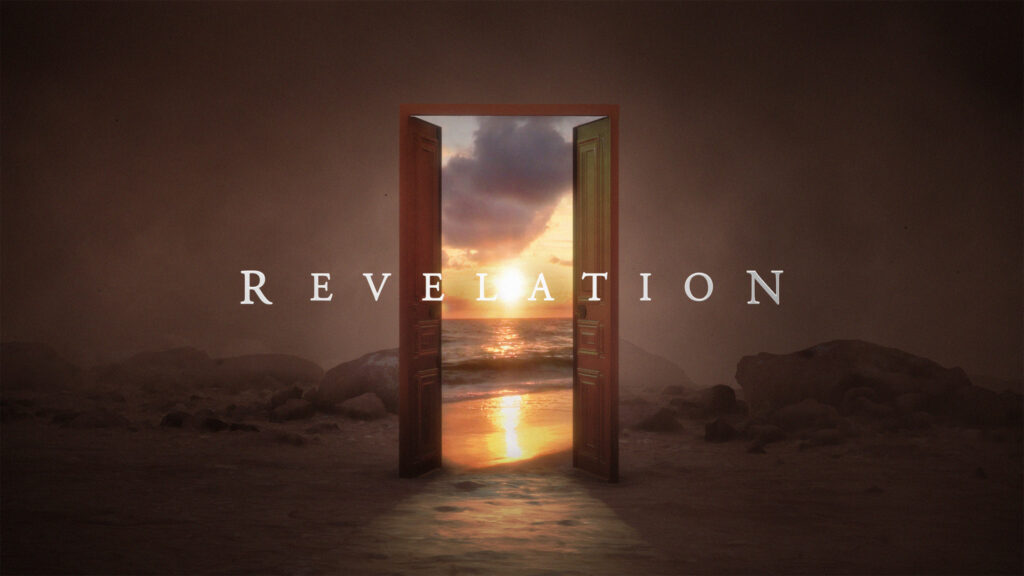
A Study of Apocalyptic Literature | Notes on the Apocalypse of John
We don’t know exactly where apocalyptic literature developed. To be sure, there are many theories as to the origin of this genre. However, we don’t need to be terribly concerned with where the genre developed; we need to be concerned with recognizing the elements of the genre.
John identifies Revelation as an apocalypse. “The revelation of Jesus Christ”—the word “revelation” in Greek is actually the word “apocalypse.” This could very well be the first time that an author referred to his work as an apocalypse.
There are three kinds of apocalypses.
- Historical—They break down history into fragments.
- Other-worldly journeys—The author ascends into heaven. These have an individual flavor to them and discuss an individual.
- Mixed—Revelation is probably a mixture of these two types of apocalypses.
Characteristics of Apocalyptic Literature.
The setting for many apocalypses is persecution—Persecution serves as a backdrop for Revelation.
Apocalypses use code language. Apocalypses abound in figurative language. This was often done to keep political leaders in the dark as to what was being discussed in the apocalypse.
Apocalypses are prophetic in nature. They discuss a future time when God will do great things. John calls Revelation a prophecy: Revelation 1:3; 22:7, 10, 18-19.
Angels are commonly used to reveal the meaning of the symbols.
There are two opposing forces—good and evil.
In this book, John begins each new vision with “after these things.”
This Bible class lesson was originally taught by Dr. Justin Imel, Sr., at the Alum Creek church of Christ in Alum Creek, West Virginia.





